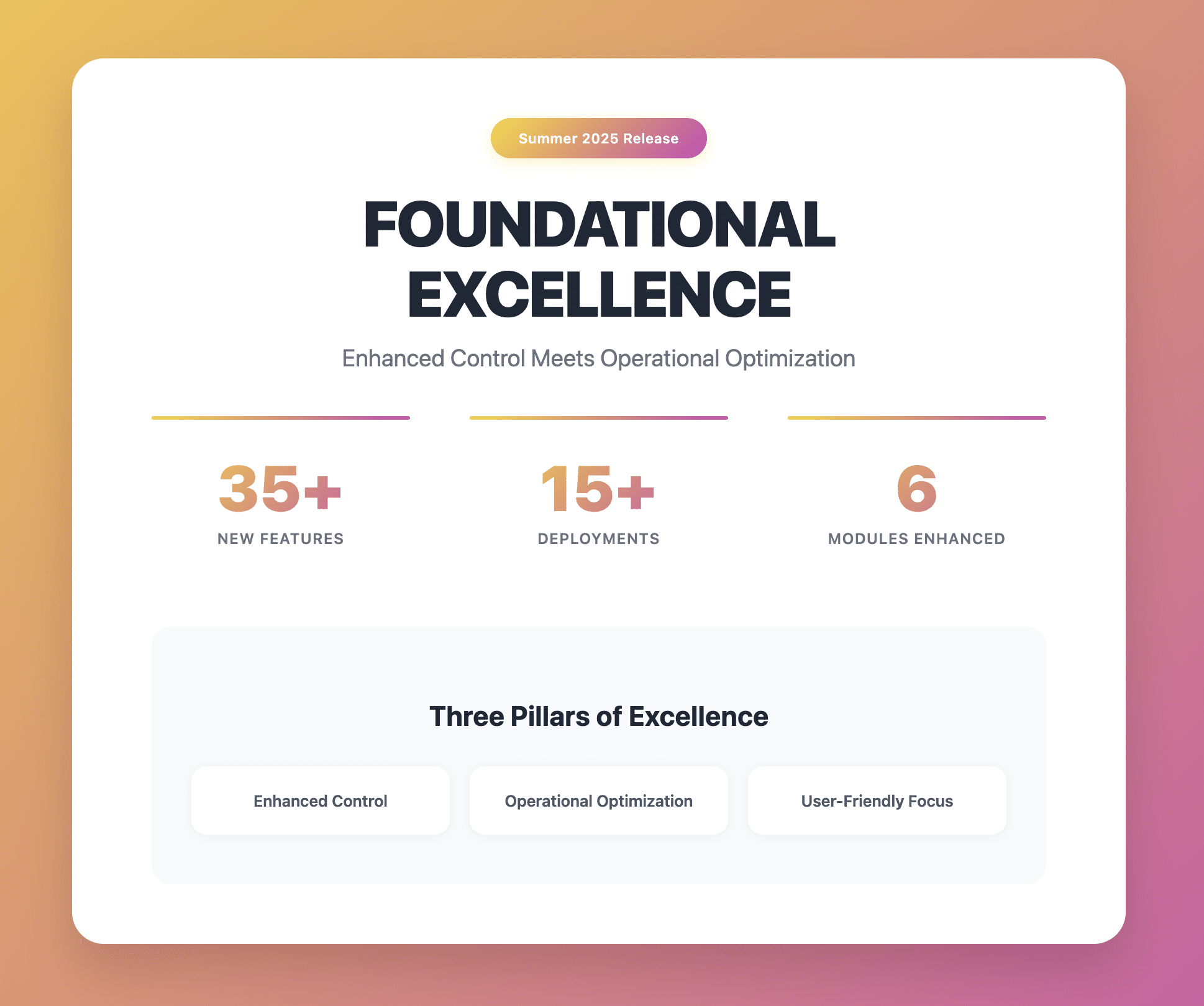Step inside a YouTube video anywhere, anytime!
It is becoming far easier and imminent while Google is bringing VR (Virtual Reality) to the masses with its Jump technology.
With a Cardboard ($20) and the computer you already at your fingertips, you will soon have access to a wide array of recorded or live 360 degree, stereoscopic videos through YouTube itself.

Google Jump was introduced at the company’s annual I/O conference last May 2015 in San Francisco where everyone was made aware that they could potentially become VR content creators.
Jump enables any creator to capture the world in VR video/content and the effects are drastic and enormous – as this development is producing a major quake in the way VR content is being produced and displayed, while being easily made available worldwide.

What is Google Jump?
Jump is a fairly new and groundbreaking technology by Google that involves a Camera Geometry, an Assembler and the Player.
The Camera Geometry is a circular rig that can mount 16 camera modules along its circumference. Next is where lies the Google magic, the Assembler. This technology takes the 16 different raw footages (potentially live video feeds) and they are uploaded to one Google data center. Using a combination of deep computational photography techniques, computer vision and many more other computers, the process interpolates between thousands of viewpoints, everywhere along the rig and synthesizes the final imagery into a 360 VR video / content.
Raw Camera Data à Color Correction à Depth Compensation (through 3D Alignment)
The final VR content can then be viewed through the Player, YouTube.

Google and GoPro
The Odyssey is the result of a joined collaboration between Google and GoPro, creating a Jump ready camera and already available on the market. It merges the highly specialized Google Geometry, with its optimized size, the number and the placement of the cameras, the field view, relative overlaps and many other intrinsic details, to work with the GoPro’s shared camera settings, frame level synchronization, and much more. This allows for all 16 cameras to operate as one unit. Have a look for yourself.
Dramatic slide in cost of VR content
While one can choose and afford to use 16 GoPros (at $8,000) as in the Odyssey; Google Jump has also the possibility of using off-the-shelves cameras.
Google is due to release the specifications of the camera geometry to everyone, allowing practically anyone motivated to build a Jump ready 360 degrees camera and same rig can be made out of 3D printed plastic, machine metals and even cardboard.
This technology makes VR content creation and professional filming with multiple cameras far less complex and complicated. We are talking about the physical handling and content processing of 1000 cameras versus one Google Jump with 16 camera lenses. On top of which, the output is “seamless,” eliminating any unsightly edges in between each of the individual camera viewpoints, which is so far, something that was difficult and time-consuming for VR content creators.
Imagine the effects of Google Jump on capturing the world’s events and places in VR content.
Find out more how VR can impact Events.
Also, check out one of Google’s inspiring projects: Expeditions, where both teachers and students benefit.








